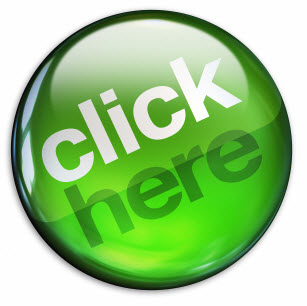 An effective landing page does two things, I would argue: 1) it validates the viewer’s decision to click on whatever ad it was that led him or her to the page in the first place, and 2) it closes the deal. The amount of copy that it takes to accomplish these tasks: make the reader feel good about the decision to respond, and drive him or her to complete the required form, varies widely. However, as a rule, copy length depends primarily on two factors: the type of campaign, and the type of offer.
An effective landing page does two things, I would argue: 1) it validates the viewer’s decision to click on whatever ad it was that led him or her to the page in the first place, and 2) it closes the deal. The amount of copy that it takes to accomplish these tasks: make the reader feel good about the decision to respond, and drive him or her to complete the required form, varies widely. However, as a rule, copy length depends primarily on two factors: the type of campaign, and the type of offer.
The degree to which you still need to “sell” the offer at hand once your reader is at the landing page is influenced in large part by the amount of information he or she received on the front end of the campaign. Online display ads, text links, and PPC (search) ads impart very little information. The reader may be intrigued, but not yet know much about your company, your product or service, or what he or she will learn/save/gain by accepting your offer. Landing pages intended to serve as the back end for online ad campaigns typically require more copy because there’s still work to be done.
Conversely, if someone clicks on a link in an email, or enters a URL in response to a direct mail campaign, there’s a high likelihood that individual will know virtually all he or she needs to about the offer. In these situations, the landing page should simply reinforce the key selling message and get out of the way. Short and sweet is the way to go.
The second key factor in determining landing page copy length is the type of offer, and the level of commitment required of the individual responding. Simply put: the more you’re asking of the reader, the more information you need to provide. Generally speaking, ecommerce landing pages or any campaign requiring credit card information will require that you address all the key questions that any potential customer would likely have, and address any objections that would possibly get in the way.
Remember, in situations where you have a lot to say: not every ounce of copy has to fit on the same page, especially if doing so forces key messages “below the fold.” Information such as FAQs, product specs, or terms and conditions can be made available through links and tabs as part of a larger microsite.
At the other end of the offer spectrum, a simple information request such as a white paper download requires much less selling copy because you’re asking less of the reader. Assuming your registration form is short and painless, a few simple bullet points (“what you’ll learn”), a short author bio, perhaps an excerpted paragraph, is all that should be necessary.
One factor that impacts very little on landing page copy length is product complexity. This is a topic that comes up often in our agency’s work with technology clients. Many tech marketers assume that if their product is complex, logic demands that copy length should follow suit. But landing pages aren’t about the product, unless the call to action is “buy now.” A white paper about a highly technical, complex solution, for example, requires no more copy than a paper about something much more basic.



